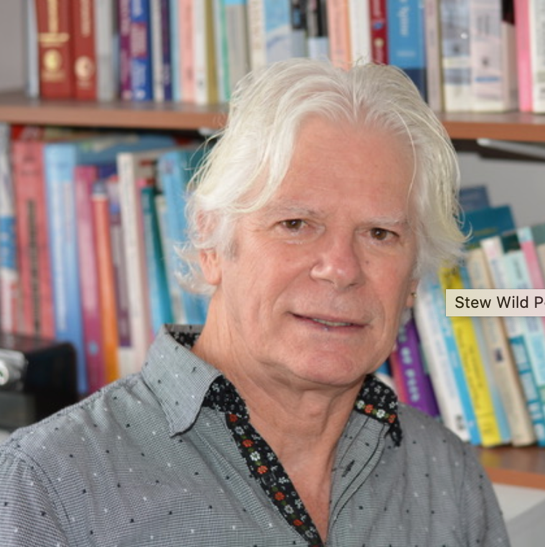
Stew Wild
Biography
New Zealand born Stewart Wild has always worked in the health field. He took up therapeutic massage in 1994 after experiencing the benefits of sports massage during his cycling, running, Ironman triathlon days. Later, he trained and certified in both the St John and the American versions of Neuromuscular Therapy (NMT).
After arriving in the USA he taught the American version for Judith DeLany of the NMT Center from 2005-9. Stewart then studied with and taught for Dr. Jan Dommerholt and Robert Gerwin MD at Myopain Seminars, from 2009-2023.
Stewart is the founder of Myopain Solutions, a manual therapy bodywork business based in Dedham, Massachusetts. His neuromuscular approach combines postural assessment and joint ROMs, myofascial trigger points, muscle imbalances and asymmetries, postural and movement rehabilitation, optimization of neurophysiology, pain science education and the identification, modification or removal of perpetuating factors. His work can be studied using his online teaching platform www.NMTPLUS.com This thirty-five module course explores the treatment of over 150 palpable muscles of the body.
Topic: To Breathe, or Not to Breathe? That is the question.
An Homage to Leon Chaitow DO ND
It seems simple enough. Inhaling/exhaling about 10 times a minute moves about 13 pints (3-5 liters) of air. Repeat up to 15,000 times a day. But how well do you breathe? Can you breathe better? Attendees will measure how many breaths you take per minute; how long you can hold your breath (the record is 22 minutes), learn about ‘bucket handles’, measure rib expansion, and discuss abdominal organ massage.
The things that can go wrong include hyperventilation, paradoxical breathing, mouth breathing, hypocapnia, sighing and yawning, tension and stress, and along the way explore the case of the hyperventilating chickens.
Attendees will learn techniques to assess, monitor and improve the way you breathe. Learn neuromuscular techniques that address the rectus abdominus and the diaphragm; the pectorals and the scaleni; the latissimus and SPI, and intercostals and the levator costari.
Reinforcement techniques include stress relieving techniques, stretches that open up the rib spaces (thread-needle, banana stretch) and self-help approaches like HiLo breathing, Shavasanna pranayama, nostril breathing, and ocean breathing. These can be taught to be used as homecare activities (HCAs).

